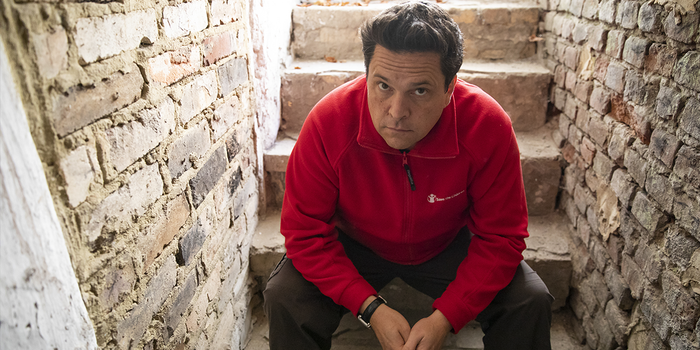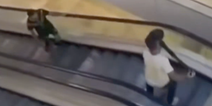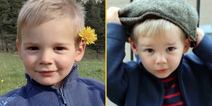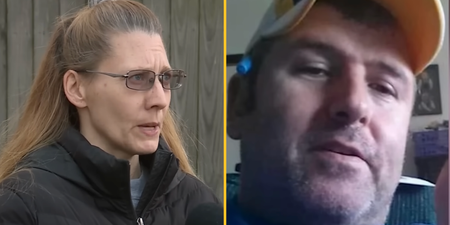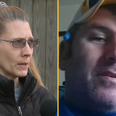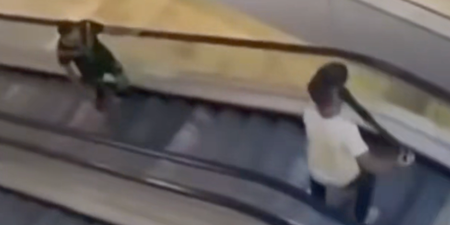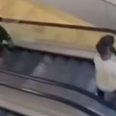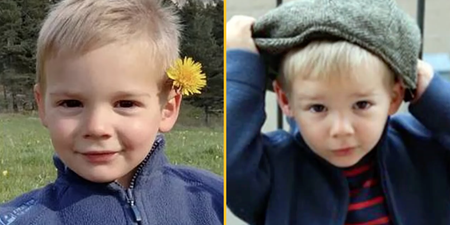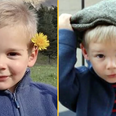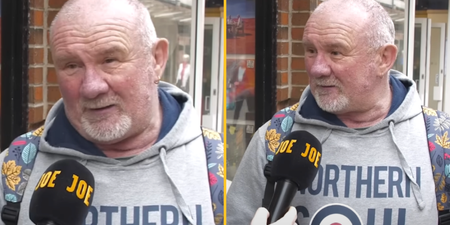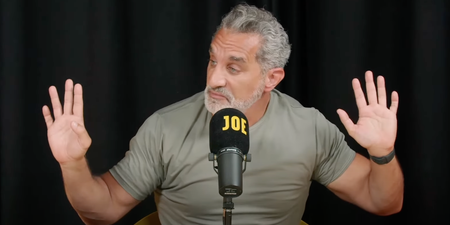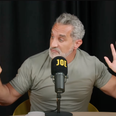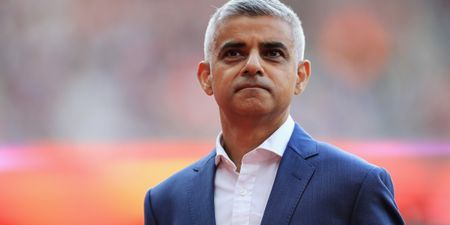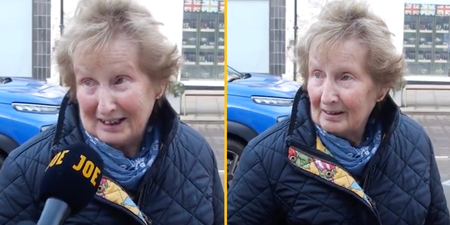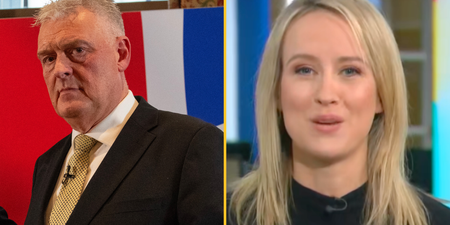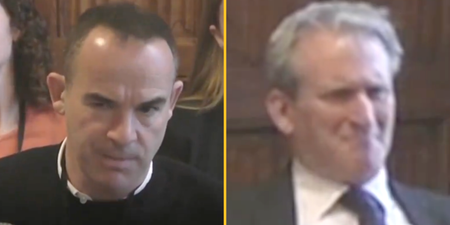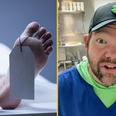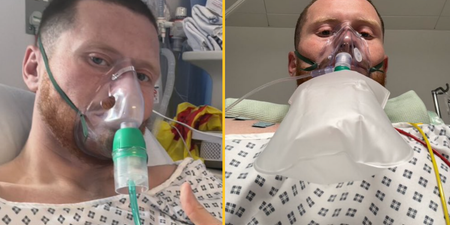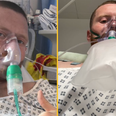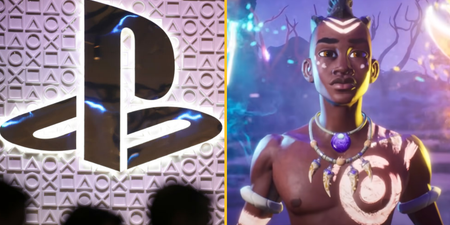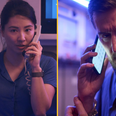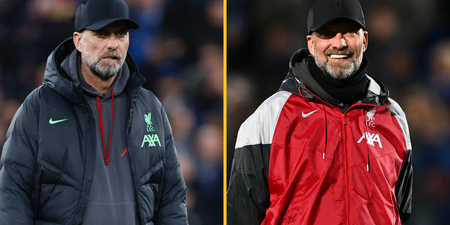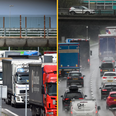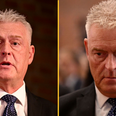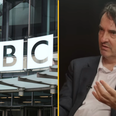Dom Joly went to Eastern Ukraine to see the effects of the conflict and meet the remarkable people living through it
If I told you there was a war, with a 500-kilometre front line of trench warfare, daily shelling and a massive land mine problem, a mere three-hour flight from London, would you know where I was talking about?
It’s in eastern Ukraine, Europe’s forgotten war. I was contacted by Save the Children and asked whether, in my role as ambassador for the charity, I’d visit the front line to see the work they were doing out there.
I agreed, and was soon in Kettering on a Hostile Environment Awareness Training course, learning how to deal with amputated limbs, grenade attacks and what to do when taken hostage.
The course was held in a Scout camp neighbouring a massive Argos warehouse. I did wonder what the neighbours thought the Scouts were doing when they heard people screaming “GRENADE” followed by explosions.
This was going to be no ordinary European trip.

Into the fray
We flew to Ukraine’s second city Kharkiv and drove five hours to the conflict zone. Ukraine is a massive country and visiting anywhere always involves an equally massive amount of travel.
Arriving at Save the Children HQ in Sloviansk, near the shattered city of Donetsk, we were given a security briefing by a man on crutches. Fortunately, it turned out that he had just fallen over, and this was not a conflict-related injury.
We stayed the night in a hotel with a corridor that was identical to the one in The Shining, before setting off to our first destination the following day. We were headed to a school in the village of Granitne, located just 500 metres away from the line of contact. The neighbouring primary school had been totally destroyed in the conflict.
We visited the secondary school that had also been bombed but, with the help of Save the Children, had been rebuilt and now looked after kids from both schools.

As we wandered around the school I noticed a large educational poster that taught young kids not to pick up anything shiny or metallic. I was also taken down into the school bomb shelter, not part of most normal school tours.
After the tour I sat in front of the remains of the primary school and chatted to a couple of students. I met Masha, a fifteen-year-old girl who had to walk two and a half kilometres to and from school every day. She had to cross the line of conflict to do so.
A bridge she used to use had been destroyed and she now crossed on a rickety temporary structure. Soldiers made her show her papers every day and repeatedly made her explain why she was crossing the line.
I met Roman, a fifteen-year-old boy who had stepped on a mine that blew up his leg and damaged his hearing. He was shy and found it difficult to make eye contact. The idea that this poor kid had gone through so much, so early in his life was heart breaking.
Both of them were being helped by Save the Children, providing psychosocial support to help them deal with the impact this conflict had had on their lives.
Snipers in safety
The following day we drove another three hours to visit a community centre run by the charity in the badly damaged town of Krasnohorivka. Around 2 kilometres from the front line in what is considered to be the ‘safe’ part of town, we had to drive fast down a ‘sniper alley’ just to get to the place.
The centre provides a vital place for kids just to be kids. Many have had their support network devastated and feel very isolated. Having a centre to go to where they can play games, do art, make music is invaluable and it was amazing to see them come out of their shells when playing with their friends. Many had a haunted look in their eyes. They had clearly seen way more than kids should have at their age.
I talked to Olha, a single mum with two kids, 12-year-old Valentyna and Konstantin, just six years old. They had been forced to leave their flat after it was hit by a shell in the middle of the night.
The three now live on the outskirts of town, far from family and friends. They told me that the community centre was a place where they could feel safe, play with other kids and be taught to cope with the emotions raised by their experiences in the conflict.
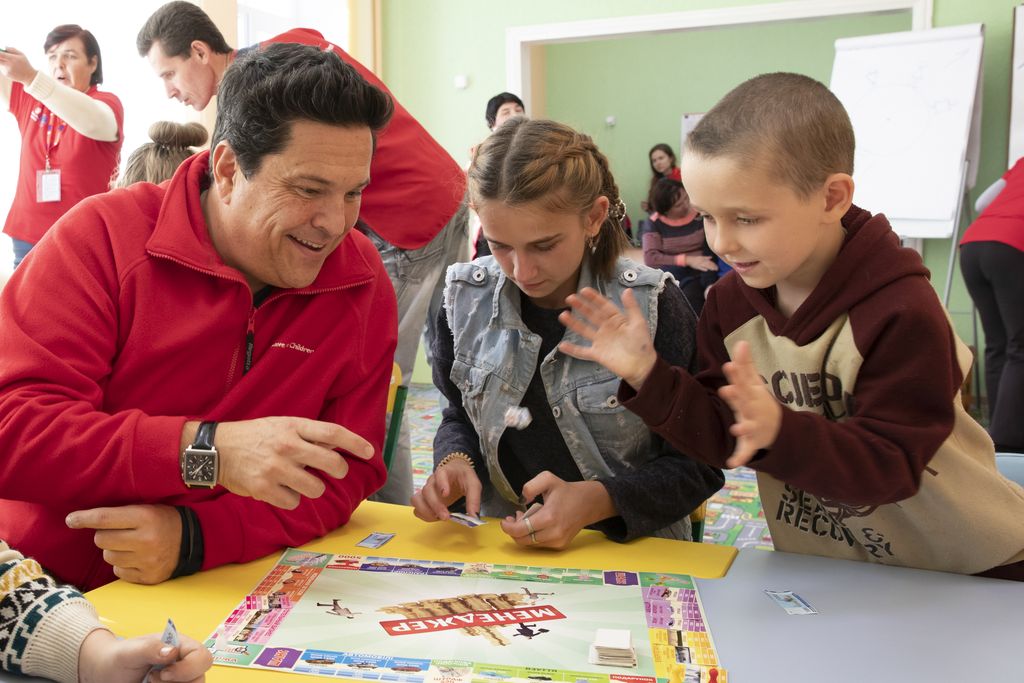
Coming away from the trip, on the long drive back to Kharkiv, I was left with a phenomenal respect for the importance of the work that Save the Children are doing in the Ukraine. This conflict had been going on for five years with over 600,000 kids in need of humanitarian assistance.
This is a forgotten war in the heart of Europe, affecting over 4.4 million people, that we hear very little about. It’s a complex conflict with no immediate signs of any resolution. What Save the Children are doing out there is directly helping to make the lives of kids affected by the situation a little better.
To help fund Save the Children programmes for children coping with the trauma of conflict donate here.
